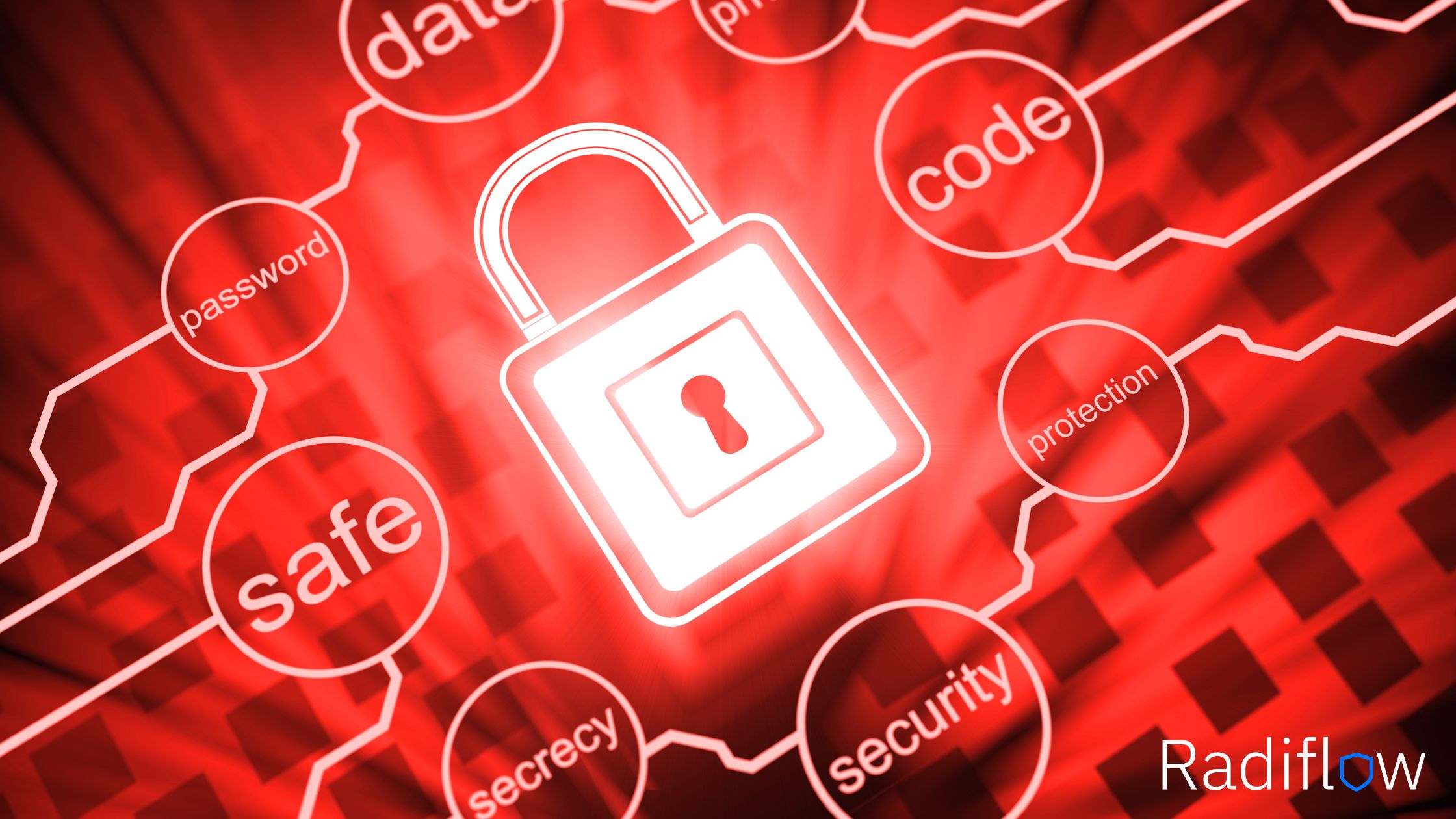SCADA (Supervisory Control and Data Acquisition) systems are control systems commonly used in manufacturing, energy grid management, wastewater systems and other types of industrial facilities.
We all benefit from these behind-the-scenes control systems, even if we don’t see their processes directly. SCADA systems coordinate various hardware and software elements to allow facility managers to supervise, maintain, and monitor processes – essential functions for critical utilities like water and power.
Naturally, these systems need thorough cybersecurity protection to stay operational, but how does that security look in practice?
In this article we will cover:
[inject id=’code-47fd23f73a9caecab1e206306adae7f9′]
SCADA cybersecurity involves taking deliberate actions to safeguard the industrial control system against outside threats, hackers, malware and more.
Common SCADA cybersecurity processes involve establishing basic security and monitoring systems that dynamically alert operators on changes to the system in real time. They should be used in conjunction with tools like event logging, regular patching cycles, intrusion detection systems and workstation controls, all used to harden the system against threats.
While this may seem simple, a closer look at SCADA systems and cybersecurity will reveal the problematic nature of securing SCADA systems.
One of the biggest problems with SCADA cybersecurity is that SCADA systems aren’t usually designed with security in mind. Engineers who design and integrate SCADA systems often don’t have the know-how to integrate effective security controls into the system. In some cases, important SCADA systems may be implemented with little more than basic access controls and default passwords.
In addition, SCADA is a specialized type of system, and training isn’t commonly included in typical security designations, such as the Certified Information Security Systems Professional (CISSP) certification.
Aside from the fact that SCADA network security issues are typically outside the purview of traditional security professionals’ training, companies simply don’t give SCADA the respect it’s due. They seldom receive the same kind of cybersecurity scrutiny as other networked systems. These issues contribute to the disconnect between SCADA systems and cybersecurity, an unfortunate reality with big implications for an industrial organization’s security governance.
Given that SCADA systems typically coordinate high-level functions for large-scale industrial operations and power management, SCADA security vulnerabilities can lead to disastrous consequences for the business in question.
Case in point is the highly-publicized Colonial Pipeline Co. ransomware attack, which has caused substantial gas shortages and disruptions for consumers along the eastern seaboard.
Even worse, some cyber attacks are designed to directly exploit SCADA security vulnerabilities.
The Stuxnet worm attack in 2010 was one such example, impacting at least 14 Iranian industrial sites – including one nuclear facility. That attack was believed to be one of the first known threats to specifically target SCADA systems.
SCADA systems are responsible for critical functions that go beyond mere business operations. In many cases, SCADA operations can impact the livelihood of millions of people, not to mention the financial costs of losing access to such systems; even small disruptions to a large-scale SCADA system could result in catastrophic financial losses.
With so much at stake, and with SCADA systems being so complex, it pays to have a system in place for ensuring that any SCADA security issues can be identified and appropriately addressed before any damage is done.
Given the high stakes involved in SCADA systems, we recommend that companies looking to secure their processes start by performing a SCADA security risk assessment.
The SCADA risk assessment is a subset of the overall OT security assessment, whereas companies take stock of their SCADA deployments and toward better identifying and mitigating SCADA threats.
This type of end-to-end assessment is particularly important for SCADA systems, as SCADA threats may potentially exploit both physical vulnerabilities and the cyber infrastructure.
At their most basic, these security assessments review the following issues to identify potential system vulnerabilities:
While these parameters offer a good baseline for potential risk, they’re only the starting point.
Companies that want to achieve complete governance over their SCADA systems can make the process easier by contacting security experts like Radiflow. We help companies gain full visibility into their vulnerabilities, offering in-depth risk assessment and tailored solutions that provide end-to-end protection of industrial systems.
If you’re ready to take charge of your SCADA security with a full OT security assessment, contact us today to learn how we can help.
If you’ve found this article interesting, please visit and follow Radiflow on LinkedIn, where you’ll find a wealth of exclusive content.

One Weak Password, Full Process Control: Inside Norway’s 2025 Dam Cyberattack

Project Management in OT/ICS Projects with IEC 62443 and MITRE ATT&CK using Radiflow

Rogue Communication Modules in Solar Inverters: Radiflow Threat Analysis